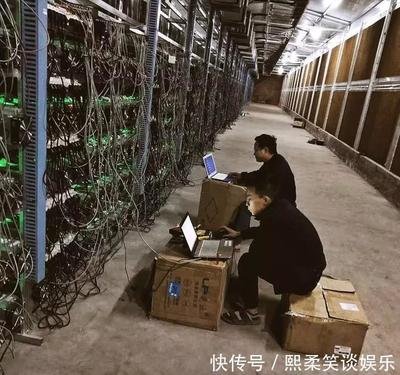Canada’s crypto climate has emerged as a beacon of innovation and opportunity, particularly in the realm of mining hosting and regulatory frameworks that shape the future of digital currencies. In a world where Bitcoin and Ethereum dominate headlines, Canada’s progressive stance offers a refreshing contrast to the restrictive policies seen elsewhere. With its vast landscapes and abundant energy resources, the country has become a prime destination for cryptocurrency mining operations, blending cutting-edge technology with environmental considerations. As companies specializing in mining machines and hosting services expand their reach, understanding these regulations is crucial for investors and enthusiasts alike.
The evolution of crypto mining in Canada reflects a broader global shift towards sustainable and efficient practices. Bitcoin, often hailed as the pioneer of cryptocurrencies, has seen a surge in mining activities within Canadian borders, thanks to favorable electricity rates and cooling climates in provinces like Quebec and British Columbia. These regions host massive mining farms where powerful rigs hum day and night, processing transactions and securing the blockchain. Hosting services, which allow individuals and businesses to rent space for their mining machines, have proliferated, offering a hassle-free entry into the world of crypto without the burdens of setup and maintenance. Yet, as Ethereum transitions to a more energy-efficient proof-of-stake model, Canadian regulations are adapting to ensure that such advancements align with national environmental goals.

Navigating the regulatory landscape requires a keen eye on updates from bodies like the Canadian Securities Administrators (CSA) and provincial authorities. For instance, recent amendments have clarified the status of crypto exchanges, mandating robust anti-money laundering measures that indirectly impact mining hosting providers. Dogecoin, the meme-inspired currency that captured global attention, exemplifies how lighter regulations can foster community-driven mining efforts. In Canada, this has translated to a boom in smaller-scale operations where enthusiasts use affordable mining rigs to contribute to networks like Dogecoin’s, all while adhering to local energy consumption guidelines. The burst of activity in these sectors underscores the unpredictable nature of crypto, where a viral tweet can spike demand for hosting services overnight.
Delving deeper, the intricacies of mining machine hosting reveal a tapestry of opportunities and challenges. Companies that sell and host miners must comply with varying provincial rules—British Columbia emphasizes green energy sources, while Alberta leverages its oil and gas infrastructure for cost-effective power. Ethereum’s ongoing upgrades, such as the Merge, have prompted Canadian firms to pivot towards more sustainable mining practices, reducing the carbon footprint associated with proof-of-work systems. This shift not only appeals to environmentally conscious investors but also enhances the appeal of hosting packages that integrate advanced cooling technologies and remote monitoring. In this dynamic environment, the line between innovation and regulation blurs, creating a rhythm of adaptation that keeps the industry vibrant.
Mining farms in Canada stand as colossal testaments to human ingenuity, housing thousands of miners dedicated to currencies like Bitcoin and Ethereum. These facilities, often situated in remote areas, benefit from the country’s stable grid and cold winters, which naturally aid in heat dissipation. However, with Dogecoin’s whimsical rise, some farms have diversified to support a broader array of altcoins, turning what was once a Bitcoin-centric operation into a multifaceted ecosystem. Regulations around noise pollution and land use have evolved, with updates from the federal government aiming to balance economic growth with community welfare. For those in the business of selling mining rigs, these changes mean tailoring products to meet compliance standards, ensuring that each machine is not just powerful but also eco-friendly.
The interplay between global crypto trends and local policies adds layers of complexity and excitement. Exchanges like Coinbase and Binance, operating within Canada, have influenced hosting regulations by pushing for standardized Know Your Customer (KYC) protocols. This has made it easier for miners to connect their rigs to broader networks, facilitating seamless transactions in Bitcoin, Ethereum, and even Dogecoin. Yet, the unpredictability of market fluctuations—driven by events like halvings or regulatory crackdowns elsewhere—means that Canadian hosting providers must remain agile. A single update from Ottawa could alter the landscape, prompting a rush of activity as operators optimize their setups for maximum efficiency.
In conclusion, Canada’s crypto climate, with its forward-thinking regulations and updates, positions the nation as a leader in mining hosting and machine sales. From the robust networks of Bitcoin and Ethereum to the playful surge of Dogecoin, the sector thrives on diversity and innovation. As mining farms and rigs continue to evolve, so too will the rules that govern them, fostering an environment where technology and policy dance in harmonious rhythm. For stakeholders in this space, staying informed is not just prudent—it’s essential to harnessing the full potential of this digital gold rush.


















